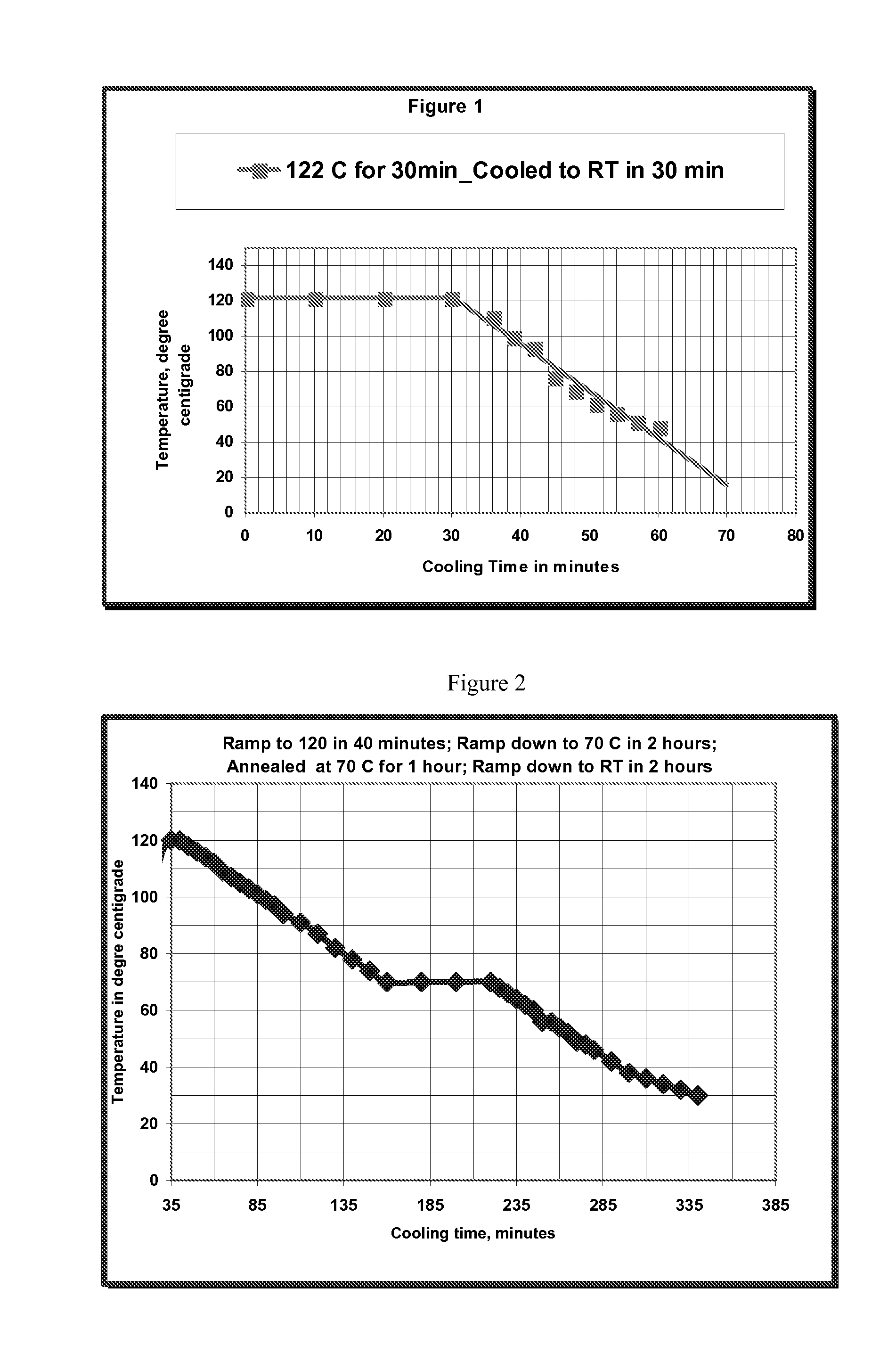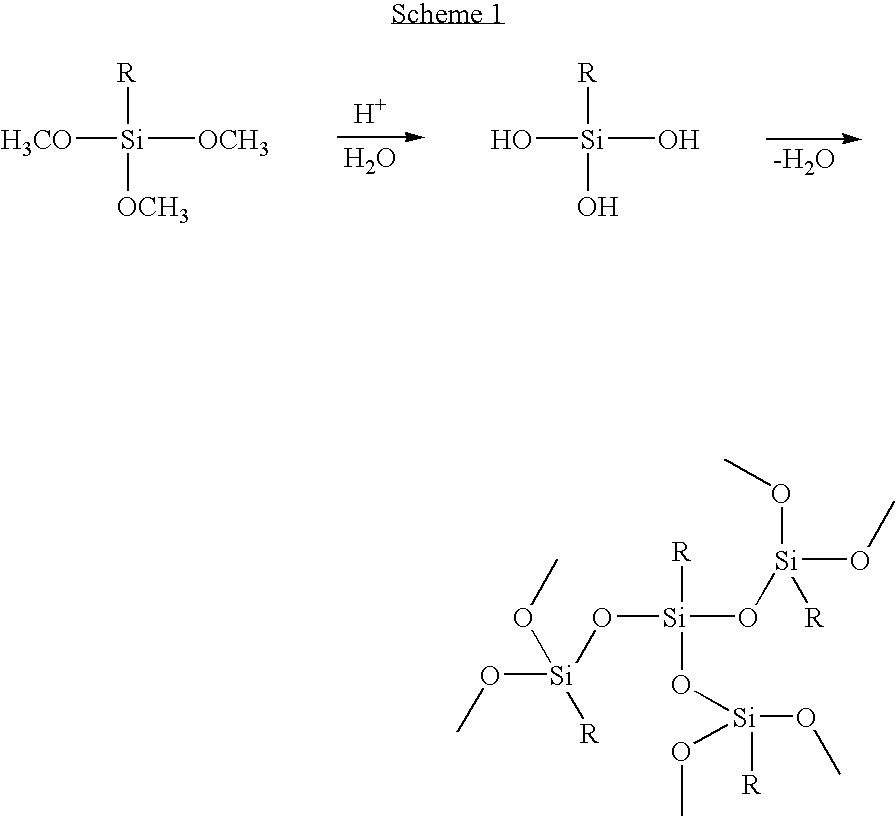Sol gel overcoats incorporating zinc antimonate nanoparticles
a technology of zinc antimonate and nanoparticles, applied in the field of electrotrophotography, can solve the problems of severe constraints on the design of charge generating elements, many layers of such layers are very soft and subject to abrasion, and the characteristics of layers are limited, so as to achieve less brittleness and more resistance to residual cooling induced stress
- Summary
- Abstract
- Description
- Claims
- Application Information
AI Technical Summary
Problems solved by technology
Method used
Image
Examples
Embodiment Construction
[0024]The present invention relates to new abrasion resistant layers incorporating amine-free surface treated zinc antimonate agents that are compatible with silsesquioxanes. The new layers also have the advantage being humidity insensitive because their conductivity is electronic and not ionic. Thus, unlike prior art ion-conducting silsesquioxane layers, they do not suffer from image degradation resulting from lateral image spread at high humidity. The overcoats, which preferably have a thickness of about 0.5 to 10 microns, more preferably, about 1 to 3 microns, can be coated from a variety of aqueous solvents. In applications where high resolution such as 1200 to 2400 dpi is desired, the thickness of the overcoats is minimized such that the total thickness of the charge generating element is between 3 and 12 microns, preferably between 4 and 8 microns.
[0025]The silsesquioxane polymer employed in the present invention is the product of the hydrolysis and condensation of at least on...
PUM
| Property | Measurement | Unit |
|---|---|---|
| total thickness | aaaaa | aaaaa |
| total thickness | aaaaa | aaaaa |
| total thickness | aaaaa | aaaaa |
Abstract
Description
Claims
Application Information
 Login to View More
Login to View More - R&D
- Intellectual Property
- Life Sciences
- Materials
- Tech Scout
- Unparalleled Data Quality
- Higher Quality Content
- 60% Fewer Hallucinations
Browse by: Latest US Patents, China's latest patents, Technical Efficacy Thesaurus, Application Domain, Technology Topic, Popular Technical Reports.
© 2025 PatSnap. All rights reserved.Legal|Privacy policy|Modern Slavery Act Transparency Statement|Sitemap|About US| Contact US: help@patsnap.com



